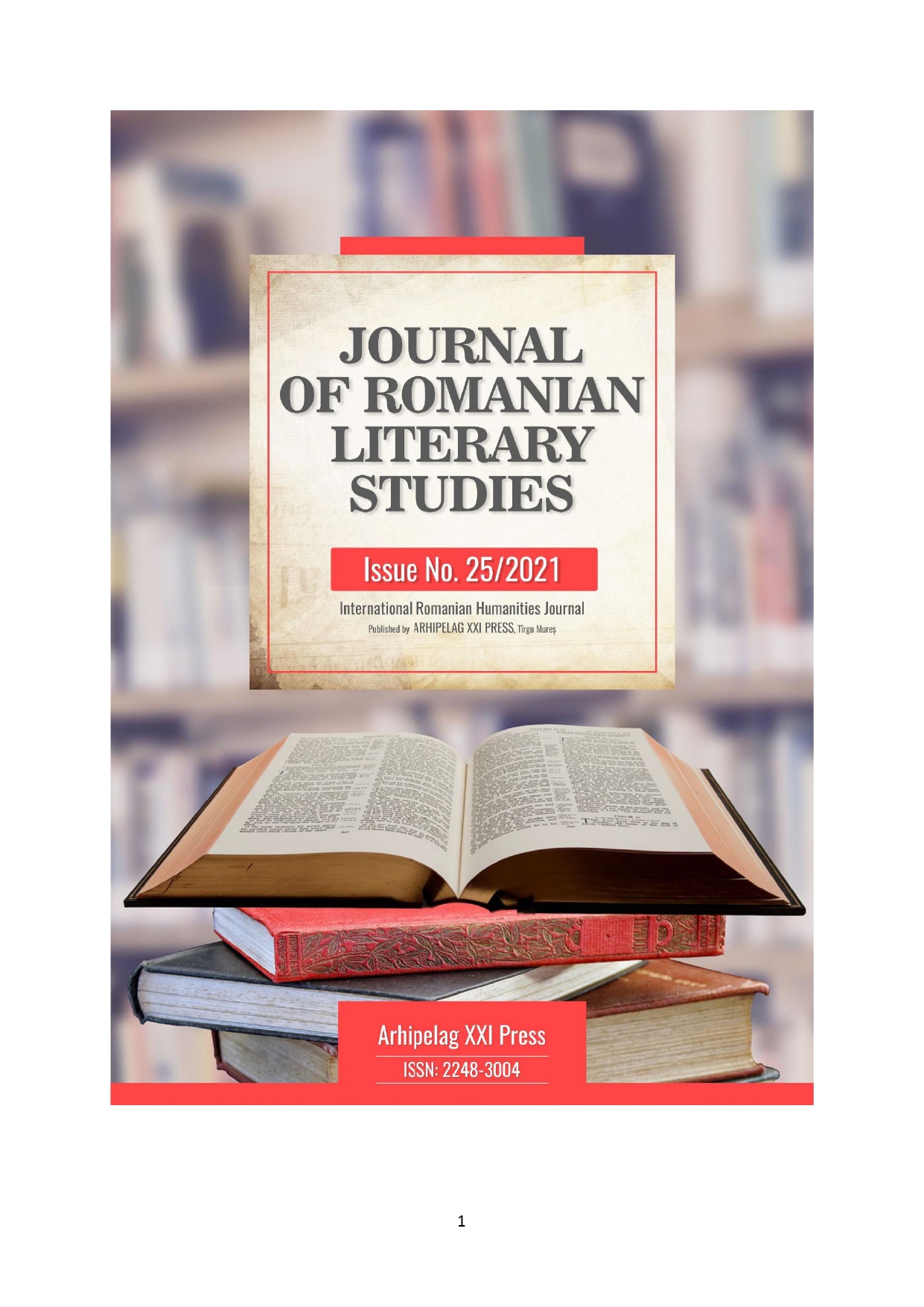HISTORY AND RELIGIOUS LIFE OF THE CROSS-BORDER ROMANIAN ORTHODOX COMMUNITIES IN THE LANDS OF CRISANA AND BANAT
HISTORY AND RELIGIOUS LIFE OF THE CROSS-BORDER ROMANIAN ORTHODOX COMMUNITIES IN THE LANDS OF CRISANA AND BANAT
Author(s): Ionel ChiraSubject(s): Cultural history, History of ideas, Eastern Orthodoxy, History of Religion
Published by: Editura Arhipelag XXI
Keywords: voivodship; political regime; Romanian community; church organization; Hungary; Serbia; vicariate;
Summary/Abstract: The drawing of the border between Hungary and Romania, in 1920, made twenty-one Romanian Orthodox church communities remain on the territory of Hungary without any hierarchically superior organization. The Romanian Orthodox communities in Serbia, of Daco - Roman origin, are located in two distinct geographical areas, namely the historical Banat (Vojvodina) and the Eastern Serbia (Timoc Valley). Throughout history, the Romanian population has coexisted peacefully with the majority Serbs and Hungarians, even if sometimes they had tendencies to assimilate Romanians, especially through language and culture. With the establishment of the Romanian Orthodox Vicariates of Vârşeţ and Gyula, and later, of the Romanian Orthodox Bishoprics of Hungary and Dacia Felix, the church life of the Romanians in Hungary and Serbia experienced a special revival. The Church, through its servants, has contributed and continues to contribute to the preservation of the Romanian identity, language, culture, spirituality and ancestral faith.
Journal: Journal of Romanian Literary Studies
- Issue Year: 2021
- Issue No: 25
- Page Range: 356-368
- Page Count: 13
- Language: English

